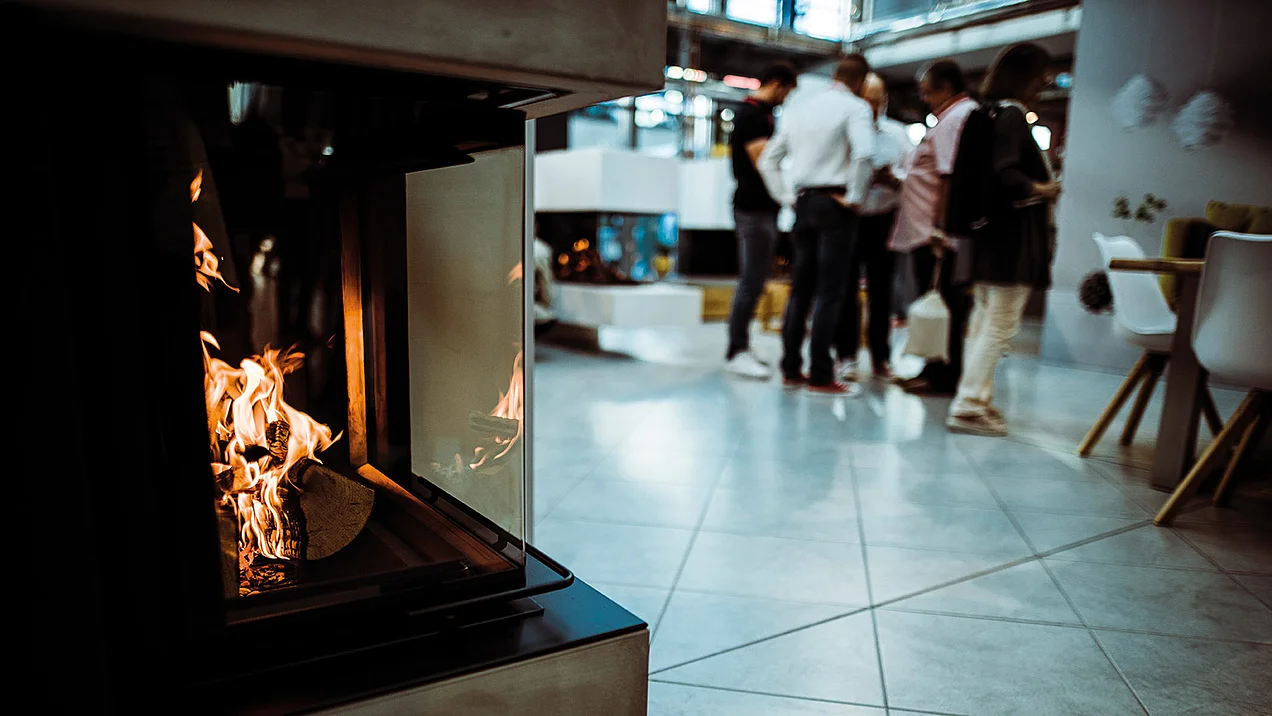Customer service
Do you have any questions?
We are here for you and happy to help!
Contents at a glance:
Contact us
Telephone support
Would you like to contact us personally and have general questions about us or our product portfolio?
Telephone
Fax
+49(0) 5402 7010 - 70
Contact form
You are also welcome to use our contact form for your inquiries.
FAQs
The most frequently asked questions
Everything about fireplaces and fire
A stove, fireplace insert or fireplace cassette of type A1 has a self-closing firebox door. Open heating is deliberately not possible here, as the door not only protects the installation room from embers falling out, but also allows a chimney to be used multiple times. The closed combustion chamber door is an important prerequisite for ensuring that the chimney draught remains stable and that all connected fireplaces function reliably.
The main difference lies in the way the heat is emitted. A classic fireplace primarily emits heat via radiation from the firebox opening. In addition, heat is distributed by convection via supply air and air circulation grilles and any cladding present. In contrast, a tiled stove radiates heat mainly via its ceramic stove tiles or plastered surfaces.
Only natural logs, compressed wood and special chimney starters may be burned in your fireplace. This is the only way to ensure efficient, clean and safe combustion.
The prerequisite for installing a fireplace system is a chimney with a sufficient cross-section and a combustion air supply in the installation room. Optionally, you can also choose an external air supply that feeds fresh air from outside into the living area. We strongly recommend that you consult your local chimney sweep before installation.
A fireplace with an external air supply does not draw the combustion air from the installation room, but via a separate duct - either directly from outside or via a specially designed chimney. This improves the air quality in the room and ensures efficient combustion.
The replacement of a fireplace or heating insert is regulated by law. Your chimney sweep will inform you when a replacement is required in order to comply with safety and environmental standards.
The classic heating period runs from October to April, but you can use and enjoy your fireplace all year round.
Unlike a campfire, the open fire is lit from above. Wood burns best in its own ash bed. Therefore, you should not remove the ash after each burn, but heat it several times. You can find tips on how to light and heat the fire correctly here.
Smoke can develop if the wood is too damp or unsuitable materials are burned. Find out here how to heat correctly and avoid annoying smoke development.

